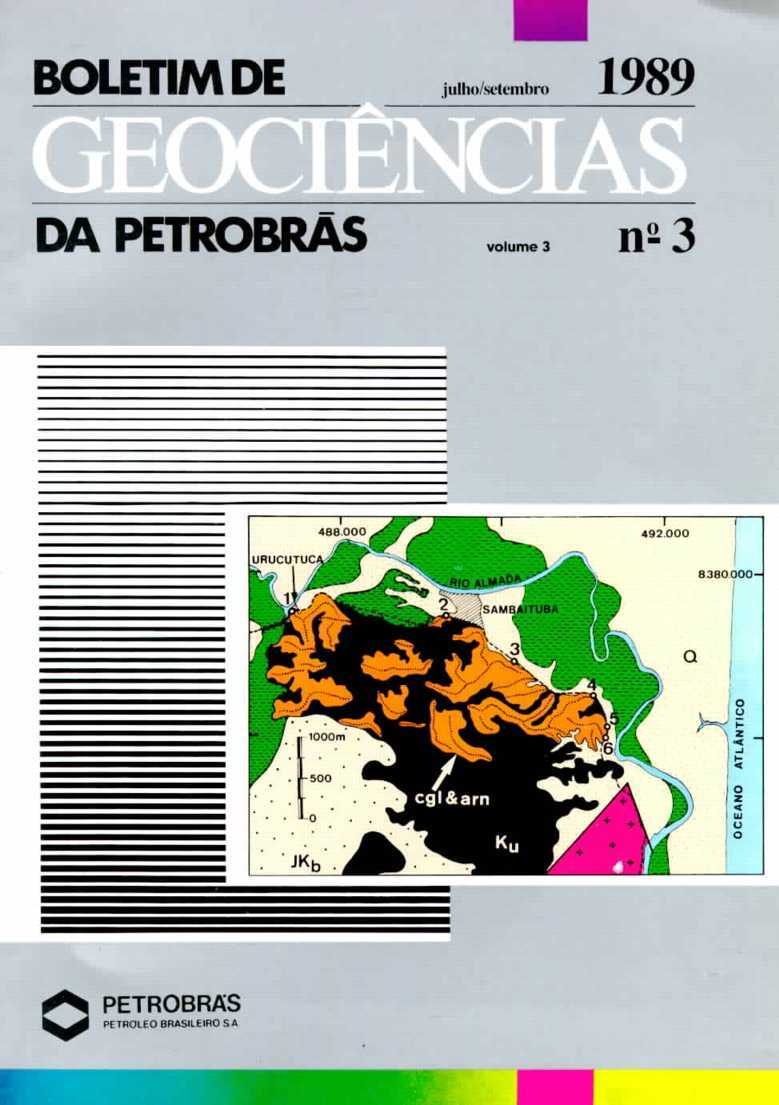Turbidites of the Urucutuca Formation Almada Basin Brazil: a field-laboratory for the study at channelized reservoirs
Keywords:
Almada Basin, conglomeratic turbiditesAbstract
The onshore Almada Basin's well-exposed sandy and/or conglomeratic turbidites and foraminifera (planktonic)-rich shales of Campanian-Maestrichtian age constitute the Urucutuca Formation. These rocks are part of an exhumed portion of the filling-section of the Almada Canyon, a large erosive feature of post-Cenomanian age that has been seismically well-mapped in the offshore portion of the Almada Basin. The differentiated weathering of coarse-grained deposits (forming sinuous and elongated crests) and of the surrounding shales (low and plain areas, almost at sea level) permitted the use of aerial photographs for plane-view study of the channelized turbidites. Individual channels are asymmetric and display low sinuosity (1. 1-1.3) and multiple orientations. The overall channel complex occupies a well defined elongated zone about 1.5 km wide, oriented the sarne as one of the Almada Canyon 's main thalwegs. Almada Basin turbidite channels are 30 to 380 m wide and 250 to 1,650 m long and are filled preferentially by massive pebbly (petromict) conglomerates, intraformational (clay clast) conglomerates, and massive (subordinately stratified) very coarse to coarse-grained sandstones. Shales, thin-bedded turbidites with Bouma sequence, pebbly mudstones, slumps, and shales with sand dykes constitute the interchannel facies (including levees). With its excellent outcrops and the possibility of using aerial photographs in planeview mapping of channelized turbidites, the Urucutuca Formation's exposed section is a veritable field-laboratory for the study of the external geometry and internal heterogeneities of turbidite reservoirs (more specifically, channel complexes). ln these systems, whose ancient counterparts are still poorly described in the literature, almost ai/ coarse-grained sediments reaching depositional sites are accumulated within channels without the development of depositional lobes -a phenomenon which is conspicuous in the case of classical submarine fan models.
Downloads
Published
Issue
Section
License
This license enables reusers to distribute, remix, adapt, and build upon the material in any medium or format, so long as attribution is given to the creator. The license allows for commercial use.




